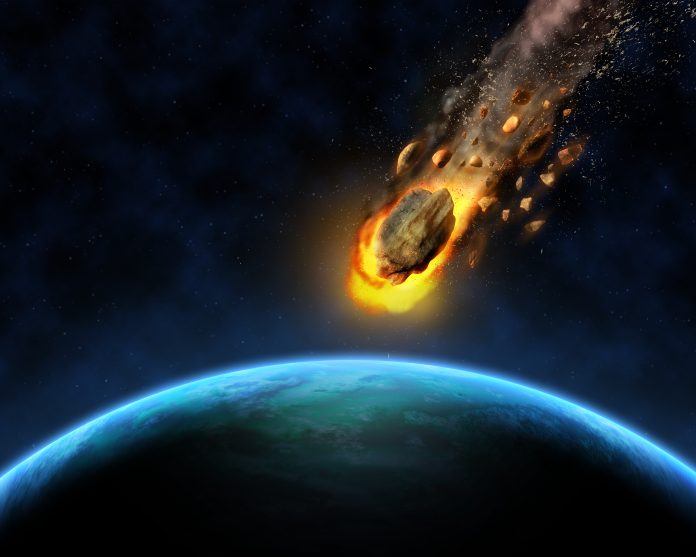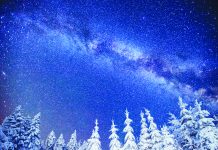While the Moon and planets may appear to peacefully traverse the night sky, in reality, all have been victims of catastrophic fender-benders with their solar system siblings.
Venus: Every planet spins anti-clockwise; except for Venus. Sometime in the distant past, something knocked Venus completely upside down, causing it to appear to rotate backwards; where the sun rises in the west and sets in the east. Equally weird, its axis rotation is so slow that a Venus day is longer than its year.
Earth: A Mars-sized object named Theia collided with Earth about 4.5 billion years ago. The gigantic impact blasted material into orbit which eventually consolidated into our Moon. The collision is also thought to be the reason Earth is tilted 23.5 degrees which is a good thing for us as otherwise there would be no seasons.
Saturn’s Moon Mimas: The object that nearly destroyed Mimas left an impact crater 130 kms across; a comparable crater on Earth would be wider than Australia.
Uranus: All planets in the solar system are tilted to some degree, but Uranus takes it to a whole new level. Early in life, a collision with an Earth-sized object left it with a tilt of almost 98 degrees; meaning Uranus is literally lying on its side.
As a result of the extreme tilt, summer on Uranus is 21 years of continuous sunshine while winter is 21 years of complete darkness. Despite being closer to the Sun than Neptune, Uranus is the coldest planet in the solar system at -224 degrees Celsius. And you thought our Canadian winters were bad.
*Asteroid Belt: Located between Mars and Jupiter, these rocky fragments are not from a smashed planet, but merely material left over from when the solar system formed.










